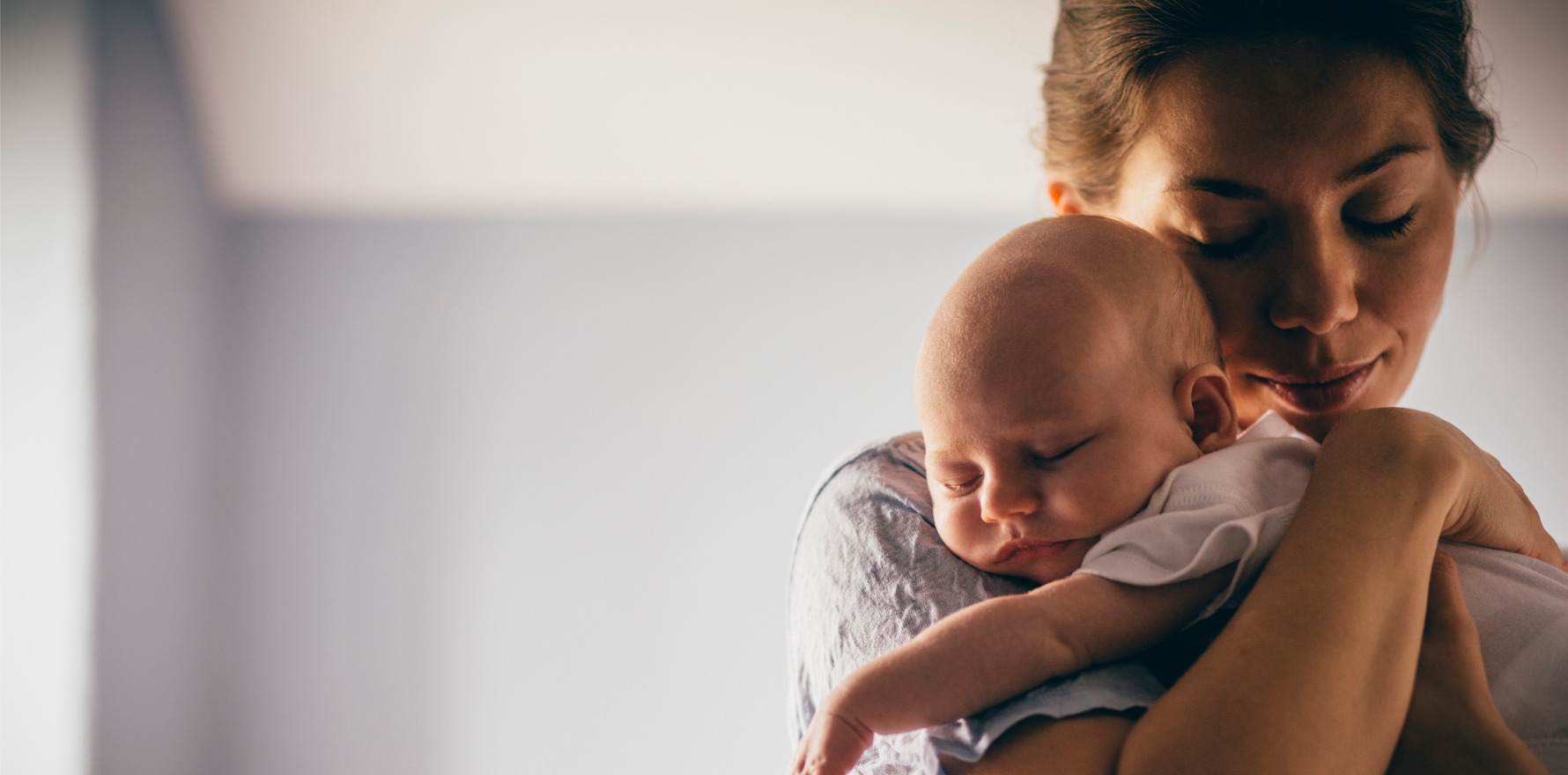People are giving birth at an older age, fewer teenagers are giving birth, and the stillbirth rate is continuing to increase, says the AIHW.
The national birth rate continues to drop, caesarean rates and average maternal age have increased, and the proportion of First Nation babies has gone up, according to today’s AIHW Mothers and Babies report, based on data for the 285,305 babies born in 2023 and their mothers.
Today’s report shows that the percentage of pregnant people accessing antenatal care in the first trimester is growing, up from 61% in 2013 to 79% in 2023.
People giving birth are also older than they used to be.
“Our latest data shows that mothers are continuing to give birth later in life, with the average age of women who gave birth steadily increasing from 28.9 years in 1998 to 31.3 years in 2023,” said AIHW spokesperson Louise Catanzariti.
“Over time, the proportion of women giving birth aged 35 and over has increased from 23% in 2010 to 28% in 2023, while the proportion aged under 25 has decreased from 18% to 11%.”
The report looks at pregnancy, birth experiences, and outcomes of mothers and babies in Australia. It covers the antenatal period, labour and birth, outcomes for babies at birth, perinatal deaths (stillbirths and neonatal deaths) and maternal deaths.
The data comes from all public and private maternity services in the country and is collected by the AIHW in collaboration with state and territory governments.
“Behind the data are real experiences, including those of families who may face complex or distressing outcomes. These experiences are deeply personal and often carry lasting impacts,” said Ms Catanzariti.
Only 1.6% of people (4504) who gave birth were under the age of 20, compared to 3.8% (11,370) in 2010.
The number of multiple births remains small at 2.9% (8362 births), with 98% of those being twins. Over half (54%) were born at low birth weight and pre-term, with 62% admitted to SCN or NICU and 43% staying in hospital for six days or longer.
Almost all the babies born in 2023 entered this world in a hospital (97%), with 75% of mothers giving birth in a public hospital. A small number of births took place in a birth centre (1.5%), at home (0.7%) or elsewhere (0.7%).
The birth rate was 52 per 1000 women, down from 66 in 2007, when the downwards trend began.
The proportion of First Nations mothers increased, rising to 5.6% (15,802 women) from 3.7% (9868) in 2005. Seventy percent accessed antenatal care in the first trimester compared with 51% in 2013.
The caesarean rate in the general population has been increasing since 2004 when the procedure was undergone by 29% of people giving birth. In 2023 the rate was 41%.
New data from Victoria, Queensland and Western Australia indicate that 45% gave birth within the public hospital maternity care model, 11% in a midwifery group practice model where they saw the same midwife each visit, and 24% “through other models, mostly private obstetrician care”, the AIHW said.
The median gestational age for babies born in 2023 was 39 weeks, stable since 2004; 91% were born at between 37 and 41 weeks (at term), 60% at 39-41 weeks (full term), and 31% at 37 or 38 weeks (early term).
“Less than one in 10 babies (8.4%) were born pre-term, and of these, the majority were born between 32 and 36 completed weeks,” Ms Catanzariti said.
Over nine in 10 of liveborn babies (92%) had a birthweight in the normal range (between 2500g and 4499g), a figure which has remained steady since 2010.
In 2023, there were 11 deaths from every 1000 births. Four in five were stillbirths (8.7 deaths per 1000 births). This rate has been increasing.
“Factors contributing to the increase in the stillbirth rate may include a true increase in the number of stillbirths, and legislative changes leading to both better visibility of perinatal deaths and expanded access to terminations that are in scope of the NPDC,” said the report.
“The AIHW is working with jurisdictions to investigate these trends and will conduct further exploration and analysis once more detailed data from the National Perinatal Mortality Data Collection (NPMDC) are available, later this year.”
Helplines
Sands (part of Red Nose)
- www.rednosegriefandloss.org.au
- Support line: 1300 308 307
Bears of Hope Pregnancy & Infant Loss Support
- www.bearsofhope.org.au
- Support line: 1300 11 HOPE (1300 11 4673)
Stillbirth Foundation Australia
PANDA (Perinatal Anxiety & Depression Australia)
- www.panda.org.au
- National helpline (Mon–Sat): 1300 726 306
One in five were neonatal deaths (2.3 deaths per 1000 live births). The number of neonatal deaths has been similar since 2010, ranging from 2.2 to 2.9 per 1000 live births.

